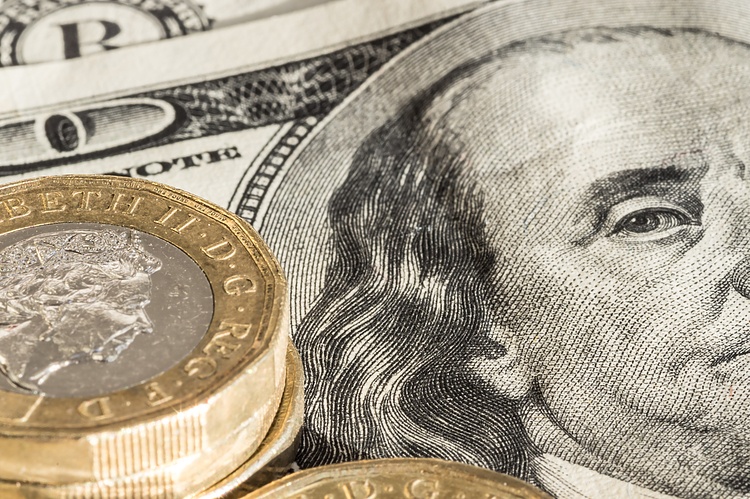The GBP/USD pair has shown a strong recovery, rising above 1.2800, following disappointing US Nonfarm Payrolls (NFP) data for July. The weak labor market report has heightened speculation of Federal Reserve (Fed) interest rate cuts in September. The NFP report revealed that payrolls came in lower than expected at 114K, with the Unemployment Rate rising to 4.3%. This has raised concerns about the impact of higher interest rates on the labor market in the US.
The labor market data has led to a fresh four-month low for the US Dollar Index (DXY) near 103.30. This weakness in the US Dollar has been further exacerbated by Fed Chair Jerome Powell’s comments indicating that rate cuts could be implemented sooner rather than later if unexpected risks arise in the labor market. On the other side, the Pound Sterling remains mixed against its major peers after the Bank of England (BoE) decision to cut key borrowing rates by 25 basis points to 5%, with a 5-4 vote split.
The Pound Sterling (GBP) is the oldest currency in the world, dating back to 886 AD, and is the official currency of the United Kingdom. It is the fourth most traded currency in the world, with key trading pairs including GBP/USD, GBP/JPY, and EUR/GBP. The value of the Pound Sterling is heavily influenced by the monetary policy decisions of the Bank of England, which aims for price stability. Interest rate adjustments are used to control inflation and stimulate economic growth, influencing the value of the GBP.
Economic data releases play a crucial role in determining the health of the UK economy and impact the value of the Pound Sterling. Indicators such as GDP, Manufacturing and Services PMIs, and employment figures can all affect the direction of the GBP. A strong economy attracts foreign investment and may lead to higher interest rates, strengthening the Pound Sterling. Conversely, weak economic data can lead to a decline in the value of the GBP.
The Trade Balance is another important indicator for the Pound Sterling, measuring the difference between exports and imports. A positive net Trade Balance indicates a strong economy with high-demand exports, leading to a stronger currency. On the other hand, a negative balance can weaken the currency. Overall, the GBP/USD pair’s movement is influenced by economic data releases, monetary policy decisions, and global market speculation on interest rate changes.











